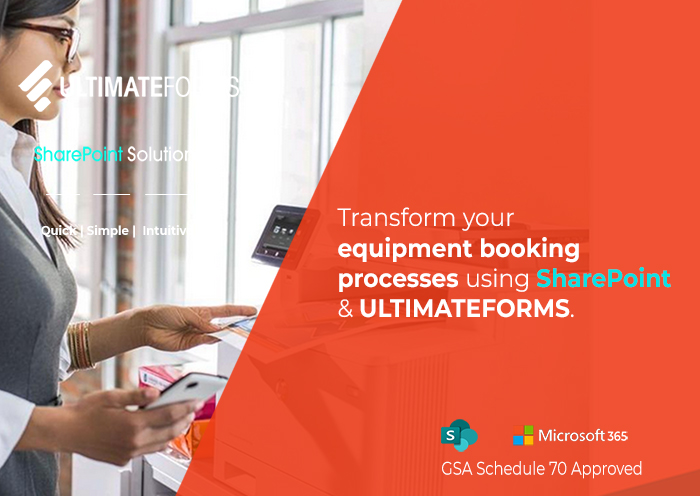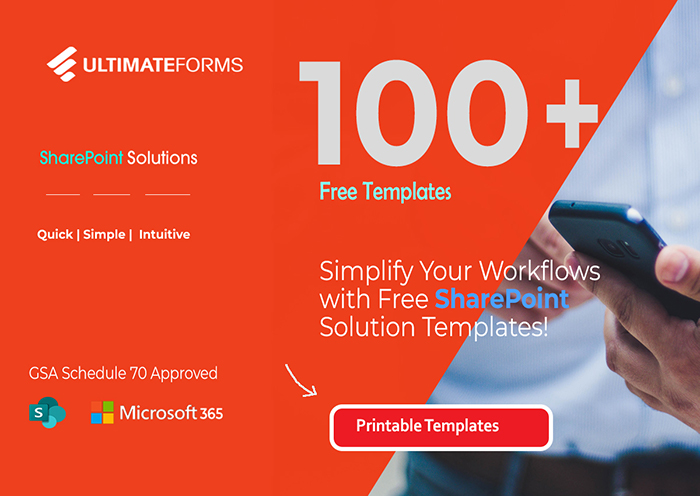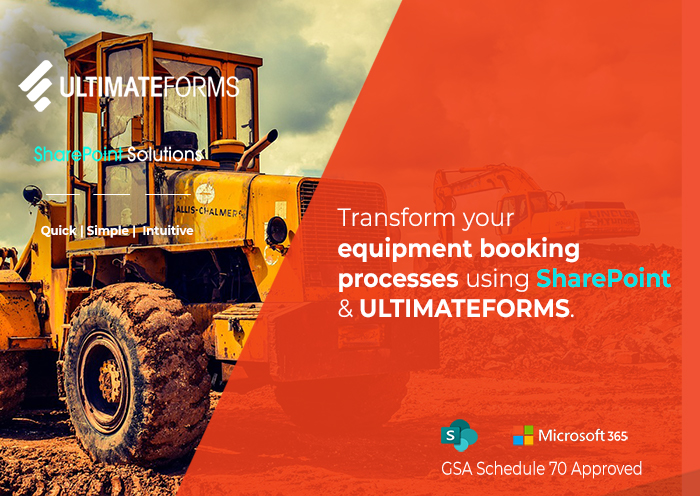Managing assets effectively is paramount to success in today's rapidly evolving business landscape. Whether they are digital assets like documents, images, and videos or physical assets such as office equipment, vehicles, and facilities, having a streamlined asset management system can significantly impact an organization's efficiency and productivity. SharePoint Asset Management Systems emerged as a powerful solution among the numerous options available. In this all-encompassing guide, we will delve deep into the intricacies of selecting the ideal SharePoint Asset Management System that seamlessly accommodates digital and physical assets.
The Versatility of SharePoint Asset Management
Before delving into the selection process, it's crucial to grasp the versatility of SharePoint Asset Management Systems. Developed by Microsoft, SharePoint is renowned for its collaboration, document management, and content-sharing capabilities. When managing diverse digital and physical assets, SharePoint offers a wide array of features that simplify storage, organization, retrieval, and sharing across an organization.
Key Considerations for Choosing the Right System
Scalability and Adaptability
The perfect SharePoint Asset Management System should be scalable and capable of handling the expanding volume of assets as your organization grows. Moreover, it must be adaptable to evolving business needs and technological advancements, ensuring its relevance and effectiveness over the long term.
User-Friendly Interface
Usability is paramount. A user-friendly interface enhances adoption across the organization, ensuring that employees can seamlessly upload, categorize, and locate assets. This is especially important when dealing with both digital and physical assets, as it reduces the learning curve for employees.
Comprehensive Metadata and Tagging Abilities
Efficient asset categorization is facilitated by robust metadata and tagging functionalities. The system should allow you to attach relevant metadata and tags to assets, making searching, sorting, and filtering content easier. This capability is invaluable when dealing with various types of assets, whether digital documents or physical equipment.
Effortless Search and Retrieval
Swift content retrieval is a primary objective of an asset management system. An effective SharePoint Asset Management System should offer powerful search capabilities, enabling users to find the assets they require quickly. This includes keyword searches, advanced filters, and possibly AI-powered content recognition, which is equally valuable for digital documents and physical assets.
Seamless Integration with Existing Tools
Integration with your current workflow tools and software is essential for both digital and physical asset management. A SharePoint Asset Management System that can seamlessly integrate with tools like Microsoft 365, CRM systems, and even maintenance management software for physical assets enhances productivity and streamlines operations.
Stringent Security Measures
Whether dealing with digital assets or physical equipment, data security is non-negotiable. Your chosen system should provide robust access controls, encryption protocols, and permissions settings. This safeguards sensitive assets and data, mitigating the risk of breaches.
Customization Flexibility
Each organization has its unique requirements. An adaptable SharePoint Asset Management System should offer customization options that allow tailoring the system to your specific needs. This includes the ability to create custom metadata fields, user interfaces, and workflows, catering to the diverse nature of digital and physical assets.
Advanced Analytics and Reporting
For both digital and physical assets, analytics and reporting tools are essential. The system should provide insights into asset usage, engagement, performance, maintenance schedules, and more. This data aids informed decision-making, ensuring optimal utilization of assets and resources.
Evaluating Vendor Offerings
As you embark on the journey to select the most suitable SharePoint Asset Management System, it's crucial to evaluate various vendor offerings against the criteria outlined above. Compare features, pricing models, customer support, and integration capabilities, keeping in mind the diverse nature of the assets you're managing.
Streamline Asset Management with Third-Party Solutions

In addition to the native capabilities of SharePoint, organizations can leverage third-party systems such as InfoWise Ultimate Forms, a SharePoint-based solution designed to expedite the creation of effective asset management systems. By harnessing the power of such solutions, users can quickly develop customized workflows, forms, and processes tailored to their unique asset management needs. This approach not only saves time but also ensures a highly efficient asset management system that aligns perfectly with the organization's objectives.
In conclusion, a well-implemented SharePoint Asset Management System can truly revolutionize how organizations handle their valuable assets. By integrating these top 10 features into the system and considering third-party solutions, businesses can seamlessly streamline their operations, foster collaboration, and make well-informed decisions regarding asset utilization.
In Conclusion
Selecting the right SharePoint Asset Management System is an investment in efficiency and organization, whether you're dealing with digital documents or physical assets. By considering scalability, usability, security, and integration capabilities, you'll be well-equipped to make an informed decision that aligns with your organization's unique needs and objectives.

